Creating Video Captions with Asian and Other Accented Characters
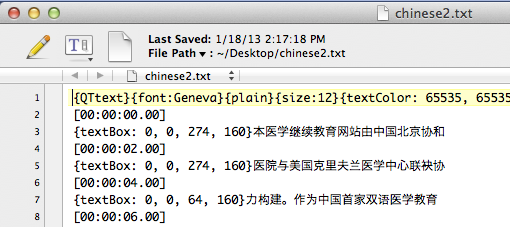
...and find out they look like gibberish when they view them embedded into their movies.
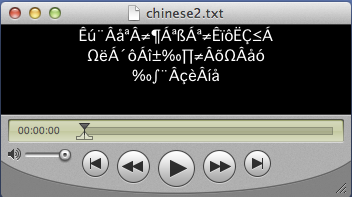
What's the answer?
MovieCaptioner tackles this problem by using TeXML files instead of QT Text files to embed captions into a movie. The XML file it creates will support many characters. You can import a Chinese transcript into MovieCaptioner, for example, but you must prepare the file first.
Let's say you have a Chinese transcript in Microsoft Word...
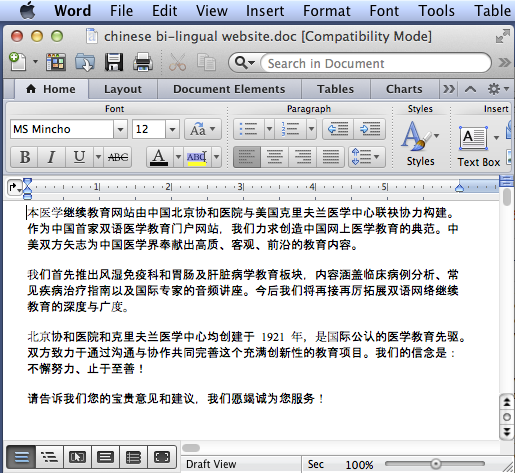 (Thanks to William Roth, Broadcast Operations Engineer at the Cleveland Clinic for providing this sample transcript.)
(Thanks to William Roth, Broadcast Operations Engineer at the Cleveland Clinic for providing this sample transcript.)
Don't try to directly import a MS Word document or and RTF file. First, save it as a new "Plain Text" file.
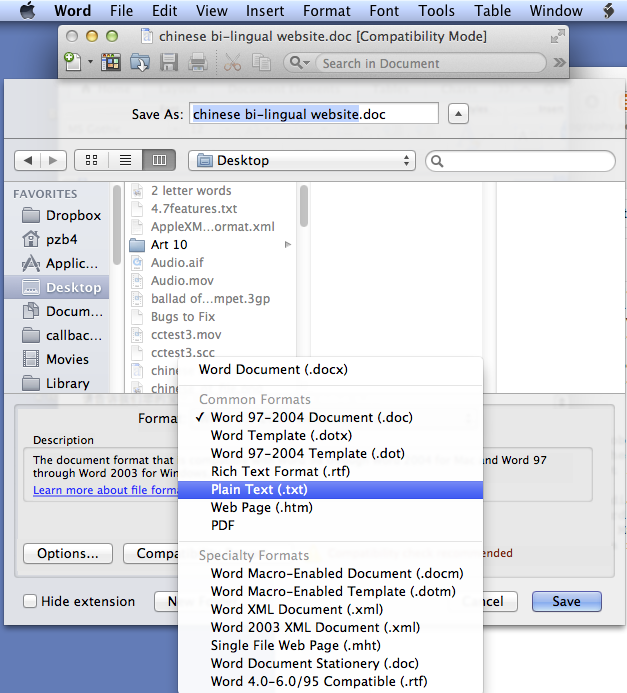
After selecting Plain Text and giving it a new name, click the Save button. An alert screen will come up telling you the formatting of your document will be lost. On this alert page, click the Other Encoding radio button, then choose Unicode 6.1 UTF-8 from the menu to its right. It will give you a preview at the bottom of the window. Click OK to save the file. The UTF-8 encoding is extremely important as it will remap the characters to ones supported by that encoder.
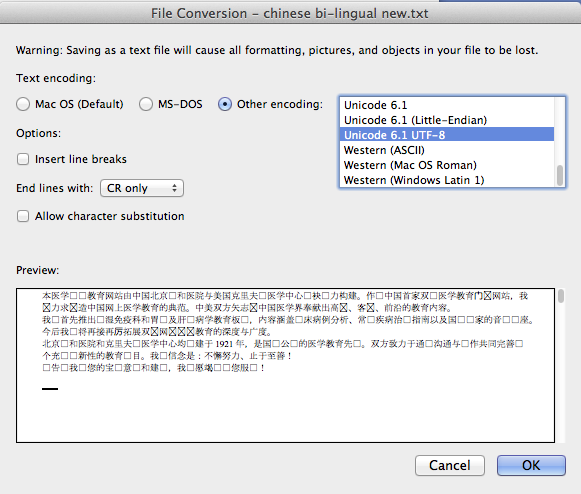
Open it in a text editor like Text Wrangler or BBedit on the Mac or Notepad++ on Windows and break the lines up into separate captions by line like so...
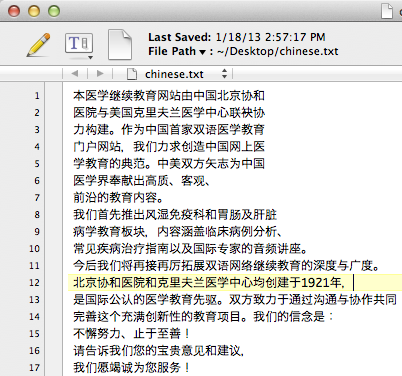
Save it and close it.
Note: If you are on Windows, you might want to open the text file you just created and copy all the text, create a new text file, and paste all the text in the new file. Save this file again as plain text with UTF-8 Encoding. The reason for this is that sometimes Windows doesn't do such a red hot job of removing the unsupported character formatting. Going this one extra step seems to cure it. Having these unsupported characters in your project can cause lots of problems, especially if you are exporting to the SCC format.
Now open a new project in MovieCaptioner and load your movie. Then go to the Import menu and select Text in Line Form.

This means text that has been broken up line by line into captions as we've just done.
The text will flow right into the interface with all characters intact.
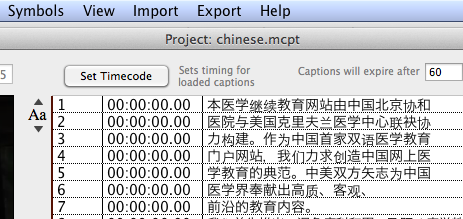
Since there was no timecode associated with this transcript, 00:00:00.00 is set as a default for each caption. All we need to do is synch the captions with the movie. We do this using the Set Timecode at the top that appears automatically when you import text (also available under the View menu).
To synch the captions, click the Set Timecode button and it will automatically set the first caption's timecode at 00:00:00.00. If you don't want the first one to start there, add a blank caption to the beginning by selecting the first caption and clicking the Insert Caption button. The movie will begin playing once you hit the Set Timecode button and you'll notice the second caption is highlighted in blue. When the first word of this caption is spoken, quickly hit your Return key to record the timecode for that caption. It will insert the timecode and then highlight the next one and you'll listen for that next. Continue this process until you've gotten through the whole video. It will stop automatically at the end.
You now have timecode associated with each caption...
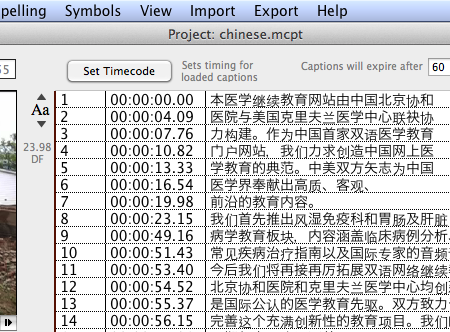
Now you can Preview your handiwork by clicking the Preview button.
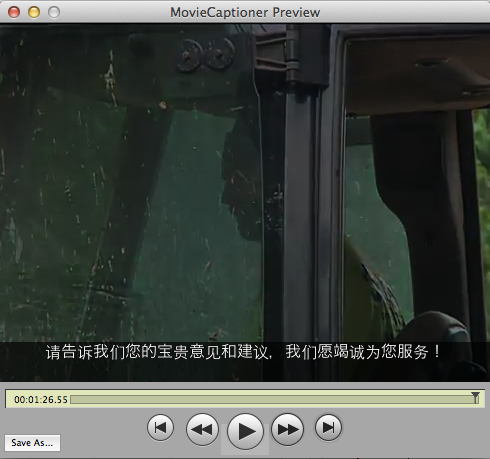
If everything is okay, click the Save As button to save it as a new movie with captions. If not, just close the Preview window and go back to editing.
Give MovieCaptioner a try. You can download a free, fully-functional demo that is good for 14 days from http://www.synchrimedia.com. Please view the tutorial videos there to see how easy it is to be up and running with MovieCaptioner in a few minutes.
Good luck with your captioning projects!

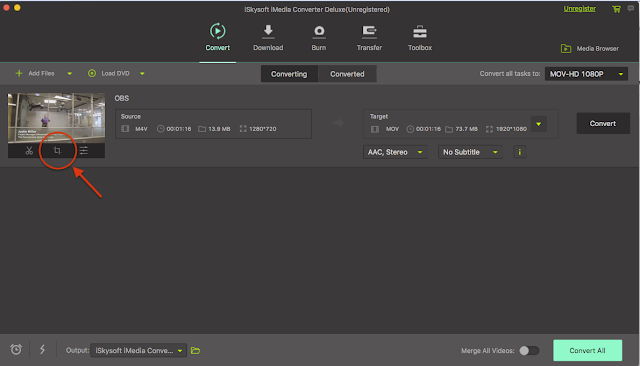
Comments
Post a Comment